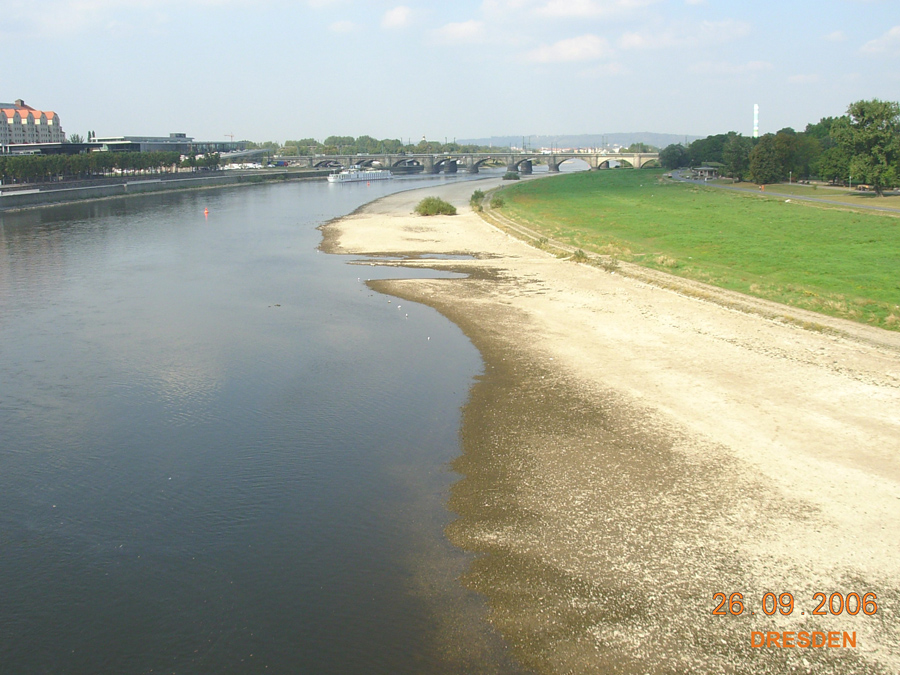Group Blog
All Blog
|
DRESDEN-2006 Dresden has a long history as the capital and royal residence for the Electors and Kings of Saxony, who for centuries furnished the city with cultural and artistic splendour. The city was known as the Jewel Box, because of its baroque and rococo city centre. The controversial American and British bombing of Dresden in World War II towards the end of the war killed approximately 25,000, many of whom were civilians, and destroyed the entire city centre. The bombing gutted the city, as it did for other major German cities. After the war restoration work has helped to reconstruct parts of the historic inner city, including the Katholische Hofkirche, the Semper Oper and the Dresdner Frauenkirche as well as the suburbs. Before and since German reunification in 1990, Dresden was and is a cultural, educational, political and economic centre of Germany and Europe. The Dresden University of Technology is one of the 10 largest universities in Germany and part of the German Universities Excellence Initiative. Dresden has experienced dramatic changes since the reunification of Germany in the early 1990s. The city still bears many wounds from the bombing raids of 1945, but it has undergone significant reconstruction in recent decades. Restoration of the Dresden Frauenkirche was completed in 2005, a year before Dresden's 800th anniversary, notably by privately raised funds. The gold cross on the top of the church was funded officially by "the British people and the House of Windsor". The urban renewal process, which includes the reconstruction of the area around the Neumarkt square on which the Frauenkirche is situated, will continue for many decades, but public and government interest remains high, and there are numerous large projects underwayboth historic reconstructions and modern plansthat will continue the city's recent architectural renaissance. Dresden remains a major cultural centre of historical memory, owing to the city's destruction in World War II. Each year on 13 February, the anniversary of the British and American fire-bombing raid that destroyed most of the city, tens of thousands of demonstrators gather to commemorate the event. Since reunification, the ceremony has taken on a more neutral and pacifist tone (after being used more politically during the Cold War). Beginning in 1999, white nationalists have organized Neo-Nazi demonstrations in Dresden that have been among the largest in the post-war history of Germany. Each year around the anniversary of the city's destruction, members of the far-right convened in the memory of those who died in the fire-bombing. The completion of the reconstructed Dresden Frauenkirche in 2005 marked the first step in rebuilding the Neumarkt area. The areas around the square have been divided into 8 "Quarters", with each being rebuilt as a separate project, the majority of buildings to be rebuilt either to the original structure or at least with a façade similar to the original. Quarter I and the front section of Quarters II, III, IV and V(II) have since been completed, with Quarter VIII currently under construction. In 2002, torrential rains caused the Elbe to flood 9 metres (30 ft) above its normal height, i.e., even higher than the old record height from 1845, damaging many landmarks (See 2002 European flood). The destruction from this "millennium flood" is no longer visible, due to the speed of reconstruction. The United Nations' cultural organization UNESCO declared the Dresden Elbe Valley to be a World Heritage Site in 2004.After being placed on the list of endangered World Heritage Sites in 2006, the city lost the title in June 2009, due to the construction of the Waldschlößchenbrücke, making it only the second ever World Heritage Site to be removed from the register. UNESCO stated in 2006 that the bridge would destroy the cultural landscape. The city council's legal moves, meant to prevent the bridge from being built, failed. Flood protection Because of its location on the banks of the Elbe, into which some water sources from the Ore Mountains flow, flood protection is important. Large areas are kept free of buildings to provide a flood plain. Two additional trenches, about 50 metres wide, have been built to keep the inner city free of water from the Elbe, by dissipating the water downstream through the inner city's gorge portion. Flood regulation systems like detention basins and water reservoirs are almost all outside the city area. The Weißeritz, normally a rather small river, suddenly ran directly into the main station of Dresden during the 2002 European floods. This was largely because the river returned to its former route; it had been diverted so that a railway could run along the river bed. Many locations and areas need to be protected by walls and sheet pilings during floods. A number of districts become waterlogged if the Elbe overflows across some of its former floodplains.
|
Link |













































































 ผู้ติดตามบล็อก : 1 คน [
ผู้ติดตามบล็อก : 1 คน [